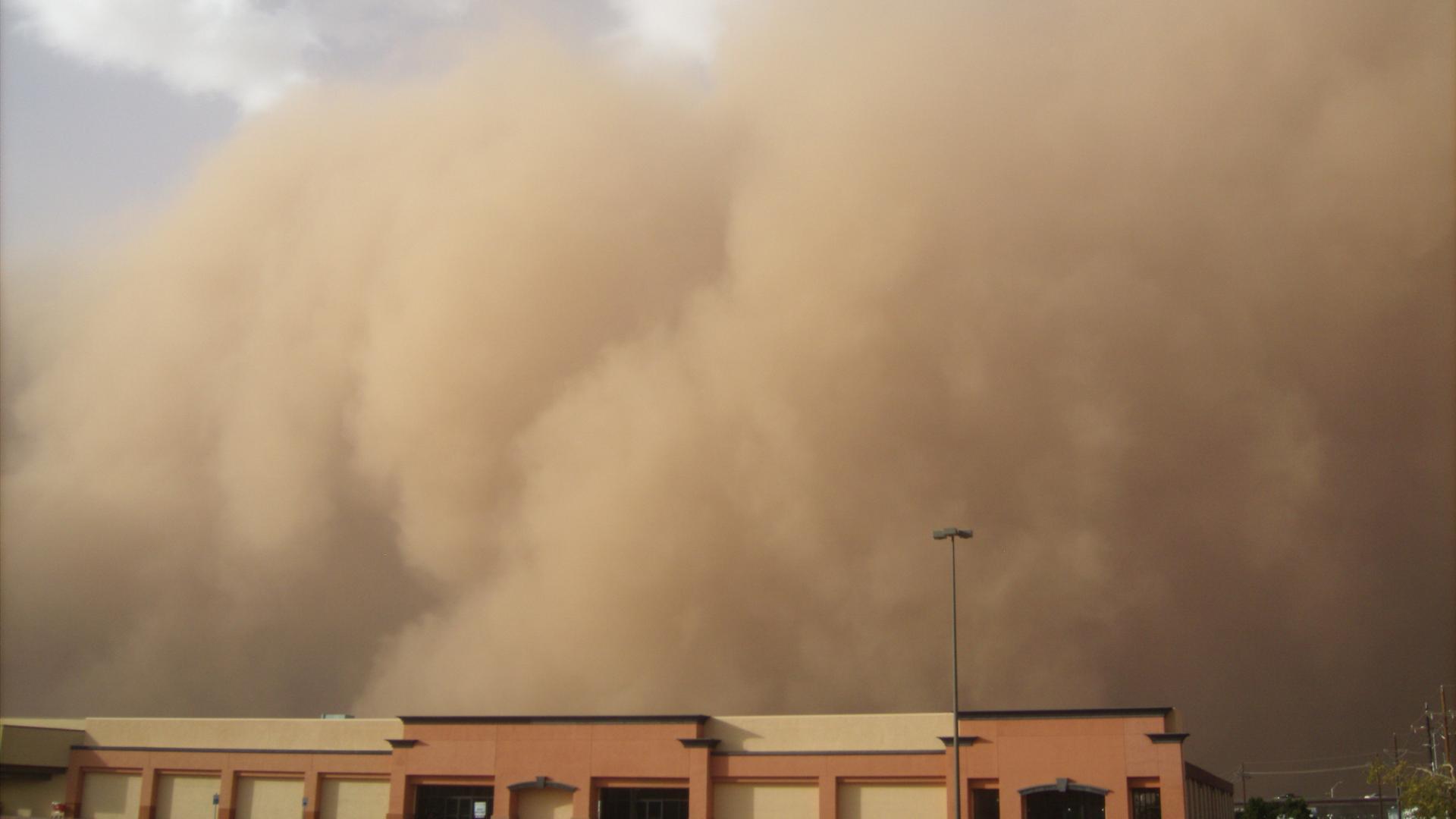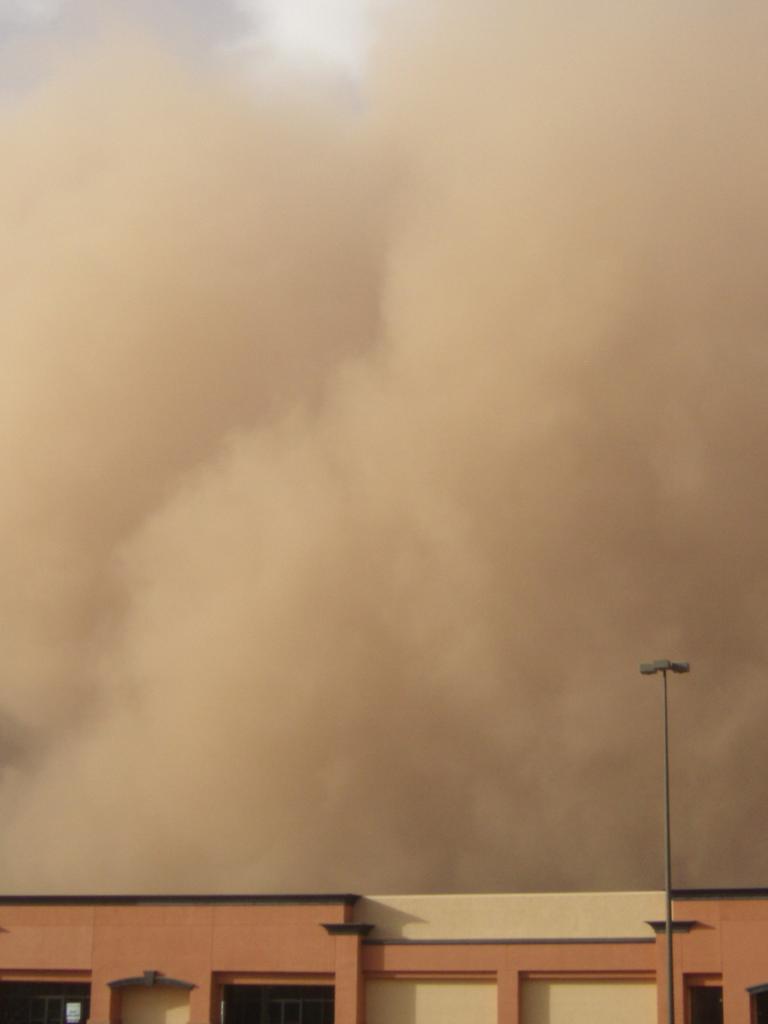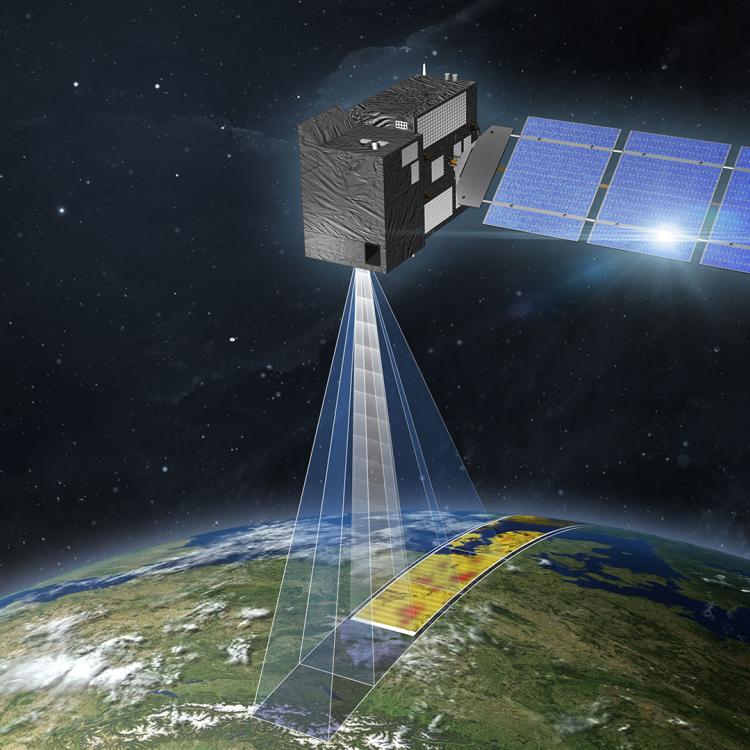16 February 2023
22 June 2021
This will be applied to the Multi Angle Polarimeter (MAP) data from the Copernicus CO2M mission, to support the CO2M greenhouse gas product retrievals.
The study focuses on preparation of the Algorithm Theoretical Baseline Document (ATBD) providing the detailed description of the GRASP algorithm implementation and adaptation for retrieving aerosol from CO2M-MAP measurements. The GRASP ATBD for CO2M-MAP re-uses the GRASP algorithm originally developed for the Multi-Angle, Multi-Spectral, Multi-Polarization Imager (3MI) on EPS-SG, as well as for the Ocean and Land Color Instrument (OLCI) imager on Sentinel-3. It also draws on the knowledge and experience gained in the application of the GRASP algorithm to real polarimetric measurements (such as those from POLDER/PARASOL).
The study has also started to generated realistic simulations of the algorithm performance. Specifically, a set of synthetic CO2M-MAP proxy observations have been simulated using CO2M-MAP observation geometries. The simulations cover diverse observational situations, including scenarios with high and low pollution by different kinds of aerosols over water and, especially, over vegetated and highly reflective land surfaces. These synthetic data will be used for producing examples of level-2 GRASP aerosol and surface products, as well as for demonstrating and optimising the performance of GRASP retrievals from CO2M-MAP measurements.
Objectives
The objective of this study is to produce an ATBD document for the GRASP aerosol properties retrieval algorithm, adapted for the observations from the CO2M-MAP instrument that will be supporting the CO2/CH4 retrievals from the CO2M spectrometer (the main instrument of the CO2M mission).
Overview
Phase 1 overview
This ATBD will be based on existing GRASP ATBDs developed for 3MI, OLCI, S5p/TROPOMI instruments. These GRASP ATBDs describe the details of the GRASP forward model and numerical inversion, with specific adaptation to CO2M-MAP instrument characteristics and measurements possibilities. The GRASP ATBD for CO2M-MAP will make use of the currently available CO2M-MAP instrument design specification, and describe the most optimal forward and inversion approach for processing MAP data with GRASP, including validation of the results based on numerical tests with synthetic datasets.
The results of two parallel ongoing studies, the EUMETSAT 3MI-ERA and the ESA Alternative MAP-based CO2 retrieval algorithm (A-MAP-CO2) studies, both for the application of GRASP to space-based polarimeters, will also be taken into account — in particular for the definition of product output with respect to user needs and for the inter-comparison with results based on synthetic data. The study will make an in-depth analysis of retrieval results based on simulated measurements. Based on these results, the most optimal GRASP approach for the CO2M-MAP instrument will be identified and evaluated, according to the requirements on the MAP level-2 aerosol product. In the context of this study, the main efforts will focus on the numerical tests using CO2M-MAP TOA synthetic observations. In addition, based on the previous experience in the development and implementation of the GRASP retrieval for other satellite polarimeters (POLDER, 3MI, etc.) and radiometers (OLCI, MERIS, etc.), a limited series of tests focusing on different distinct types of aerosol and surface reflectances will be defined, which have proven to be very effective in identifying the best retrieval set up. These tests will be done using aerosol and surface climatologies available for selected AERONET sites, similar to the approach for the EUMETSAT 3MI ERA project.
Finally, the results of all above retrieval tests will be analysed and compared with the results obtained in the corresponding EUMETSAT 3MI ERA and ESA A-MAP-CO2 studies.

Phase 1 outcomes
The ATBD prepared in this phase contains detailed mathematical and physical descriptions of the GRASP algorithm for the CO2M MAP instrument. An essential part of this study focused on harmonisation of GRASP input/output with MAP L1C, L2 and SCENE datasets, as well as defining the GRASP input/output and data flow description.
The performance of the GRASP algorithm and the effect of the observation geometry were assessed using two orbits provided by EUMETSAT: orbit EUcent (nadir looking) and orbit EUwest (simulating a platform for which the nadir view is continuously looking at the glint spot ('pitched-orbit')). Based on the validation exercises it was shown that aerosol characterisation is more accurate for the EUcent orbit, providing more favourable geometries for the retrieval: wider scattering range shifted into the backward direction. In general, for all simulations, the same effect is observed: the wider scattering angle, the better retrieval. The studies demonstrate reasonable retrieval without surface a priori information. Nevertheless, it was shown that the use of surface BRDF/BPDF climatology improves the retrieval result, in particular, for SSA and AExp (Angstrom Exponent).
Phase 2
In preparation



